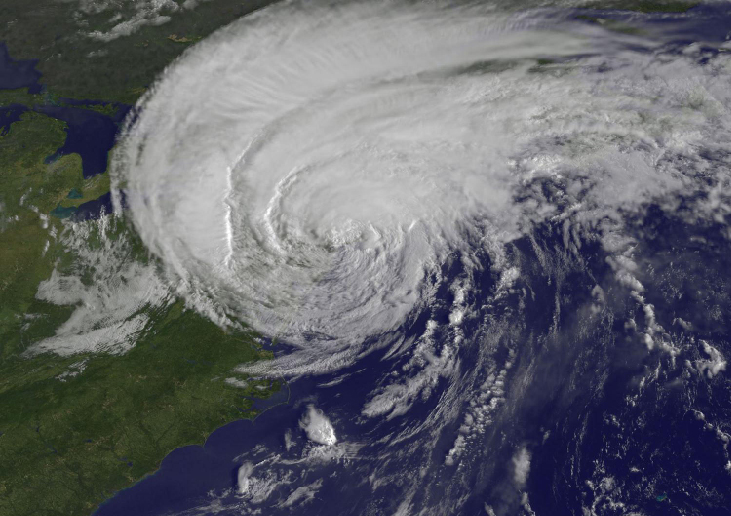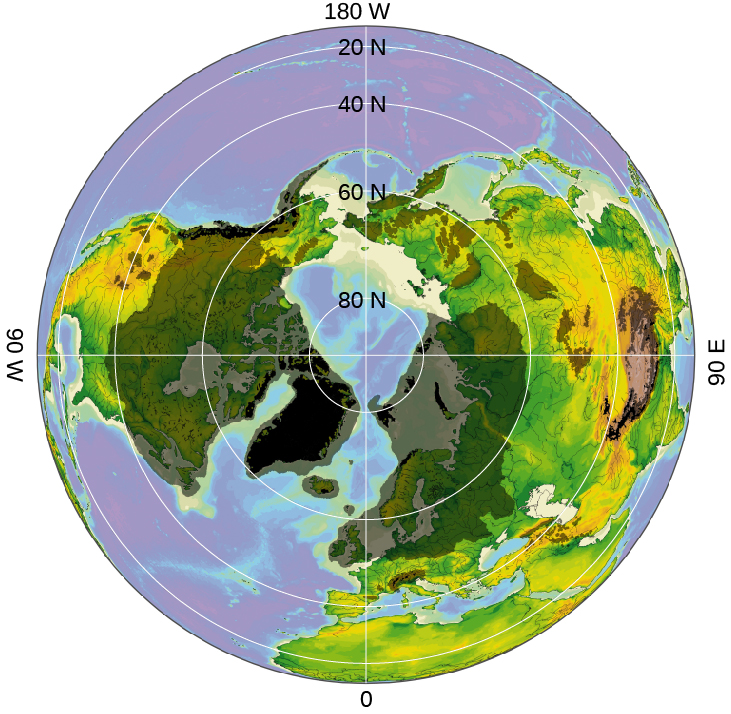| << Chapter < Page | Chapter >> Page > |
Today we see that CO 2 , H 2 O, sulfur dioxide (SO 2 ), and other gases are released from deeper within Earth through the action of volcanoes. (For CO 2 , the primary source today is the burning of fossil fuels, which releases far more CO 2 than that from volcanic eruptions.) Much of this apparently new gas, however, is recycled material that has been subducted through plate tectonics. But where did our planet’s original atmosphere come from?
Three possibilities exist for the original source of Earth’s atmosphere and oceans: (1) the atmosphere could have been formed with the rest of Earth as it accumulated from debris left over from the formation of the Sun; (2) it could have been released from the interior through volcanic activity, subsequent to the formation of Earth; or (3) it may have been derived from impacts by comets and asteroids from the outer parts of the solar system. Current evidence favors a combination of the interior and impact sources.
All planets with atmospheres have weather , which is the name we give to the circulation of the atmosphere. The energy that powers the weather is derived primarily from the sunlight that heats the surface. Both the rotation of the planet and slower seasonal changes cause variations in the amount of sunlight striking different parts of Earth. The atmosphere and oceans redistribute the heat from warmer to cooler areas. Weather on any planet represents the response of its atmosphere to changing inputs of energy from the Sun (see [link] for a dramatic example).

Climate is a term used to refer to the effects of the atmosphere that last through decades and centuries. Changes in climate (as opposed to the random variations in weather from one year to the next) are often difficult to detect over short time periods, but as they accumulate, their effect can be devastating. One saying is that “Climate is what you expect, and weather is what you get.” Modern farming is especially sensitive to temperature and rainfall; for example, calculations indicate that a drop of only 2 °C throughout the growing season would cut the wheat production by half in Canada and the United States. At the other extreme, an increase of 2 °C in the average temperature of Earth would be enough to melt many glaciers, including much of the ice cover of Greenland, raising sea level by as much as 10 meters, flooding many coastal cities and ports, and putting small islands completely under water.
The best documented changes in Earth’s climate are the great ice ages, which have lowered the temperature of the Northern Hemisphere periodically over the past half million years or so ( [link] ). The last ice age, which ended about 14,000 years ago, lasted some 20,000 years. At its height, the ice was almost 2 kilometers thick over Boston and stretched as far south as New York City.

These ice ages were primarily the result of changes in the tilt of Earth’s rotational axis, produced by the gravitational effects of the other planets. We are less certain about evidence that at least once (and perhaps twice) about a billion years ago, the entire ocean froze over, a situation called snowball Earth .
The development and evolution of life on Earth has also produced changes in the composition and temperature of our planet’s atmosphere, as we shall see in the next section.
Watch this short excerpt from the National Geographic documentary Earth: The Biography . In this segment, Dr. Iain Stewart explains the fluid nature of our atmosphere.
The atmosphere has a surface pressure of 1 bar and is composed primarily of N 2 and O 2 , plus such important trace gases as H 2 O, CO 2 , and O 3 . Its structure consists of the troposphere, stratosphere, mesosphere, and ionosphere. Changing the composition of the atmosphere also influences the temperature. Atmospheric circulation (weather) is driven by seasonally changing deposition of sunlight. Many longer term climate variations, such as the ice ages, are related to changes in the planet’s orbit and axial tilt.

Notification Switch
Would you like to follow the 'Astronomy' conversation and receive update notifications?